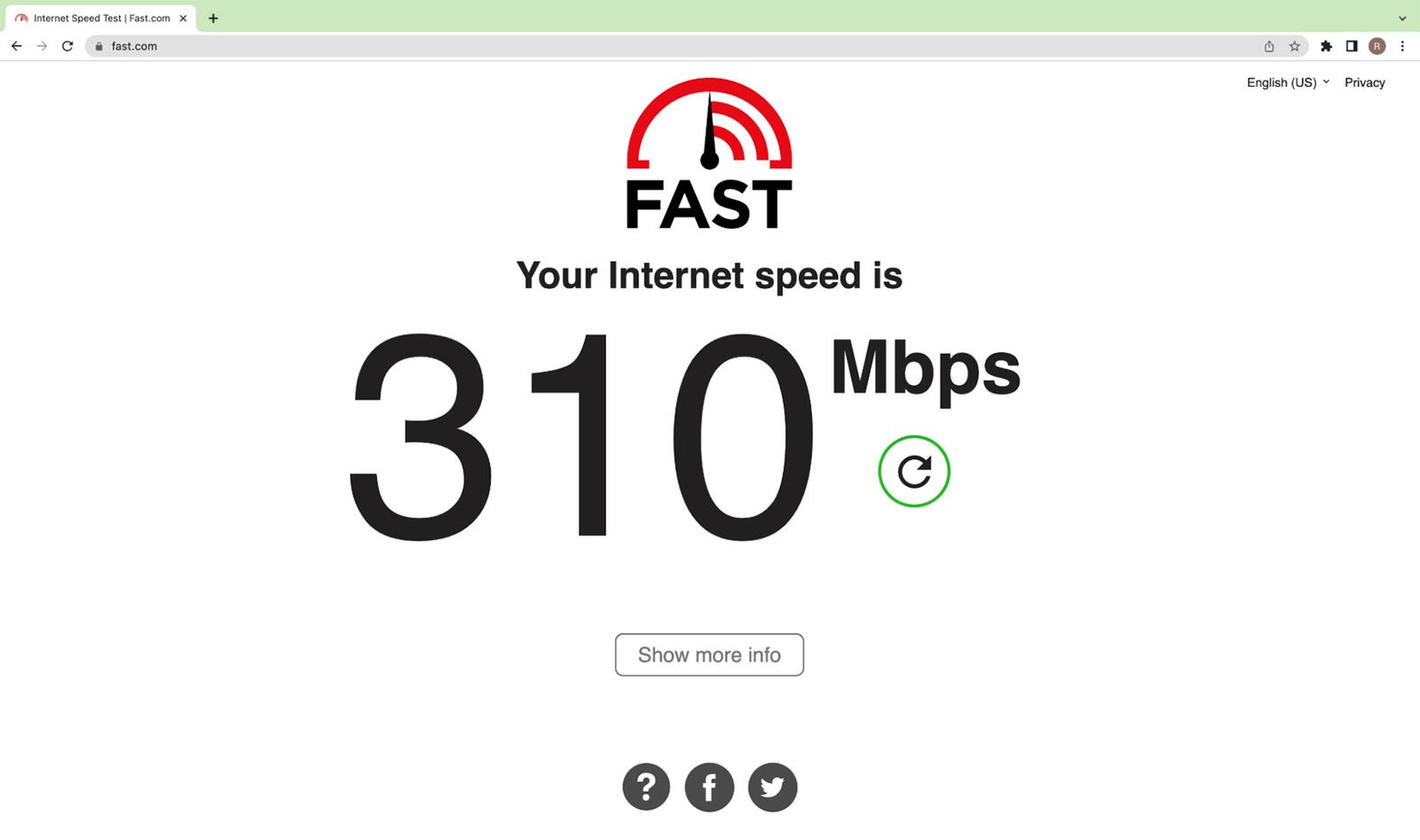
5:23
I’ve been in the CAD industry for decades now and have seen how hesitation and doubt keep leaders from taking full advantage of technological advancements, such as cloud CAD software solutions like Onshape. But, you must ask, how long will it be until the confines of desktop tools limit the ability to grow as a team and as a business?
To put those doubts at bay, I’d like to discuss what it actually takes to switch to a new CAD system and what to think about before taking the plunge.
Is Cloud CAD Software System Ready?
Keeping existing desktop software at peak performance is an ongoing challenge that demands regular hardware upgrades. This includes staying in sync with evolving software requirements for the CPU, memory capacity, and, typically, high-end graphics cards
With Onshape, we've architected it as a cloud-native platform that takes advantage of top-of-the-line processors installed by Amazon Web Services (AWS) daily.
In addition to scaling with AWS growth, Onshape doesn't require any specific platform capability. Onshape runs on a browser and taps into the power of every MacBook, every Chromebook, every Windows PC, a Unix machine, or a smartphone, which all have GPUs that are part of the platform itself.
Onshape’s architecture takes advantage of those GPUs to boost graphics performance, therefore increasing responsiveness and smoothing model rotation.
Don’t forget, too, that a lot of heavy computing is being done in the cloud.
The Onshape platform is continually being improved, and users will continue to reap the benefits without having to do any work to upgrade the system.
However, we do recommend that you have a high-performance system in terms of internet connectivity.
Screenshot from fast.com accessed from the blog editor’s home.

This might be one of the biggest pain points for those hesitant to change. To them, I like to show them the positive trends in technology throughout history.
In general, connectivity and bandwidth are continuously improving. Just think of your own personal experience when 5 megabytes was considered a fast connection. Now people have 100 megabit internet at their house.
As telecom providers improve connectivity speeds, Onshape users will automatically benefit. In addition, users also are riding the wave of new processing technology that Amazon has installed within its software.
No special purchase and delineation of new hardware need to be done to run Onshape.
Is Cloud CAD Easy to Use?
We built Onshape to take advantage of the knowledge base of all CAD users.
The modeling paradigm in Onshape is very similar to many of the existing commercial systems, which is the idea of creating sketches and extruding.
Or rather, at the core, it’s parametric feature-based modeling.
Why? Because that's the lingua franca of the industry. People understand how to use these types of systems. They’re familiar with the idea of extracting and putting constraints, conditions, etc.
That is how Onshape works. But we've also refined how many of these concepts work while staying very similar.
The differences, though, are powerful.
For example, in most installed-based solid modeling systems, to do a corner mate, you would create a parallel mate to a surface, then refer to one edge and the other edge.
Whereas with Onshape, Mate Connectors can be brought in close to one part, which will infer that you want a corner mate.
These Mate Connectors act like little centers of gravity as you bring one part close to another.
At first, you might ask, what are all these little marks on my screen? But once you understand the concept, you realize it's powerful because now it's one mate versus three mates.
Sure, that sounds just OK. While there is a productivity benefit, the mates themselves become very robust because we know the intent is always to go to that corner. It's much more resilient as you change the model itself.
So, with Onshape’s cloud CAD software, the systems are familiar, but they're new and improved.
Is it Possible to Use Older CAD Data?
Perhaps the biggest objection we hear from people is a reluctance to move away from their old data and files.
In response, I've seen thousands of companies switch to different CAD systems over the years, and these three concepts come into play:
The Just Say No approach is to keep the legacy information and the legacy system to access those files just in case. Any new stuff will be built into the new system. The idea here is not to move any data forward and keep the legacy format. This makes sense if there are a lot of new designs and you don’t need to leverage older designs.
The Big Bang approach is what most people initially think they will do. It’s this belief that they will move the data forward and manage it in one place. But the reality is there is no perfect converter or translation to do that easily. As an industry, we've made significant progress in bringing geometry to a new system; it's pretty seamless. However, feature data is not brought across to the new system. In my experience, it is unlikely that they will move all of that data. In fact, we discourage it.
The Pragmatic approach is a combination of both. Keep the old files somewhere and bring them into the new system as needed. Onshape can import multiple file formats and native Parasolid geometry, which is 100% compatible (guaranteed to be completely the same because it is). Then, you can build off that and make modifications to it. Or, if you need to make iterative changes, we would encourage you to remodel Onshape because it has native features that allow you to make modifications.
But most importantly, just start using Onshape by bringing in the data needed and seeing the system's benefits.
Migrating data has always been a tall task. Example: Libraries.

Am I Ready for Cloud CAD Software?
My final recommendation regarding training and getting people going with Onshape is to pick a project and just get started, just like the team at Doris Dev. You won't know the challenges and how many are perceived challenges versus real ones until you start with the team.
Luckily, tens of thousands of people have made this change, and it gets easier daily. (Here are just a few examples.)
Now, more people are Onshape knowledgeable, and we have a team and partners here ready to help you transition to cloud CAD software.
Try Onshape Today
Head to our sign-up page to choose the right CAD plan for you and your team.
Latest Content

- Case Study
- Consumer Products
BOA Technology: Redefining Outdoor Fit Equipment with Cloud-Native Onshape
11.03.2025 learn more
- Blog
- Becoming an Expert
- Assemblies
- Simulation
Mastering Kinematics: A Deeper Dive into Onshape Assemblies, Mates, and Simulation
12.11.2025 learn more
- Blog
- Evaluating Onshape
- Learning Center
AI in CAD: How Onshape Makes Intelligence Part of Your Daily Workflow
12.10.2025 learn more
- Blog
- Evaluating Onshape
- Assemblies
- Drawings
- Features
- Parts
- Sketches
- Branching & Merging
- Release Management
- Documents
- Collaboration
Onshape Explained: 17 Features That Define Cloud-Native CAD
12.05.2025 learn more



